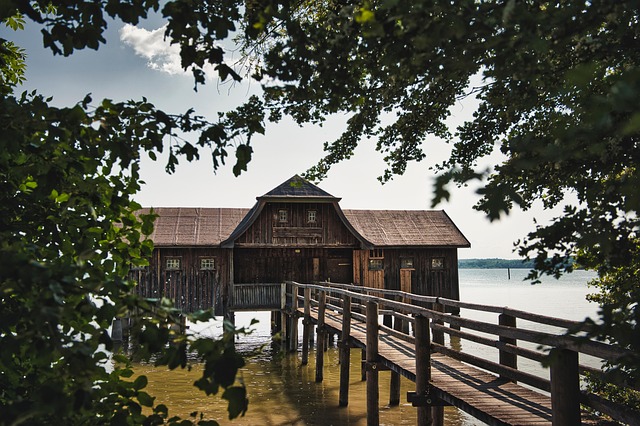Maximizing your yard's potential through creative planning and assessment is key to achieving an attractive, budget-friendly outdoor space. Start by evaluating your space's size, shape, and existing features, integrating them into your design for enhanced aesthetics without added costs. Identify weaknesses like poor drainage or bare soil to guide cost-effective decisions, such as choosing native plants and DIY solutions over high-maintenance options. Prioritize functionalities based on your lifestyle and explore economical choices like hardy plants and multi-purpose designs, utilizing recycled materials or DIY elements to add character. Begin with native plant species adapted to your local climate, selecting low-maintenance options like perennials and succulents for minimal care requirements. These strategies enable you to transform your yard into a beautiful sanctuary while adhering to your financial constraints, leveraging affordable yard design solutions and inexpensive landscaping ideas.
Looking to transform your outdoor space without breaking the bank? Discover practical and attractive yard solutions within your budget. This comprehensive guide explores everything from understanding your yard’s potential and cost-effective design principles to creative landscaping ideas and maintenance tips. Learn how to create a beautiful, economical garden with phase-based planning, strategic planting, and DIY projects that maximize visual appeal without costing a fortune.
- Understanding Your Yard's Potential
- – Assessing the space: identifying strengths and weaknesses
- – Determining essential functionalities and aesthetics
- Cost-Effective Design Principles
- – Selecting suitable plants: native species, low maintenance
Understanding Your Yard's Potential
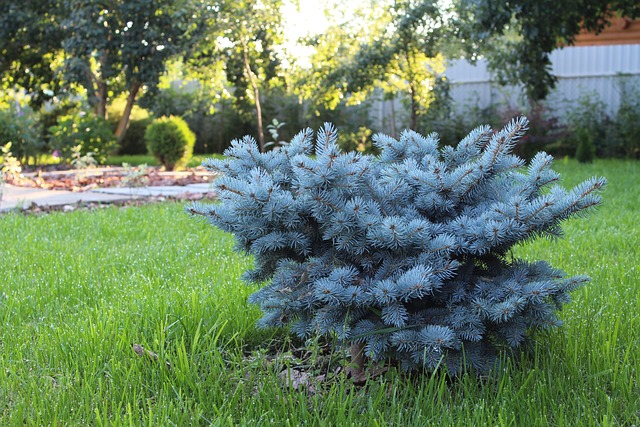
Every yard holds untapped potential waiting to be unlocked with a bit of creativity and planning. Before diving into any transformation, it’s essential to assess your space and understand its unique characteristics. Start by evaluating the size and shape of your yard, considering both its strengths and weaknesses. For instance, a larger yard offers more room for expansive landscapes, while a smaller one can be transformed into a cozy oasis with strategic planting and clever design choices.
Identify existing features like trees, shrubs, or a patio that can become focal points in your garden. By understanding the layout, you can make informed decisions about cost-effective landscaping. Remember, affordable yard design doesn’t mean sacrificing aesthetics; it’s about selecting the right plants, paths, and decor that align with your preferences while staying within budget.
– Assessing the space: identifying strengths and weaknesses
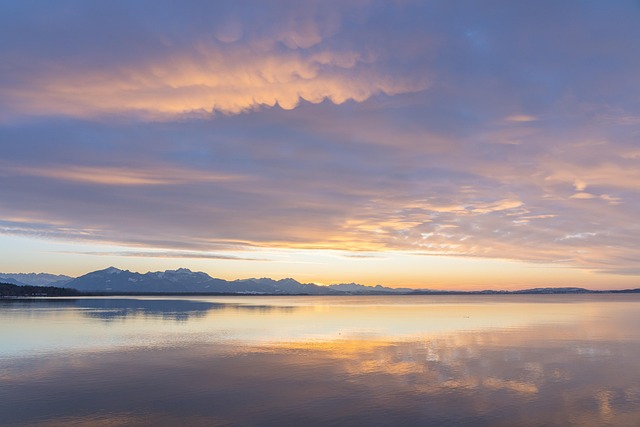
Before diving into any yard transformations, it’s crucial to assess your outdoor space and identify its strengths and weaknesses. This initial step is a fundamental part of the process for achieving an attractive yard on a budget. Start by taking inventory of the existing features—maybe you have a stunning natural terrain or a mature tree that adds value. Understanding these assets allows for their integration into your new design, ensuring they enhance the overall aesthetics without incurring extra costs.
On the other hand, pinpointing weaknesses can help guide your budget-friendly decisions. Are there areas with poor drainage? Maybe some patches of bare soil or outdated landscaping elements. Identifying these issues is key to making informed choices. For example, choosing native plants over high-maintenance varieties or opting for DIY solutions instead of professional services can significantly reduce costs while still achieving a beautiful and economical garden design.
– Determining essential functionalities and aesthetics
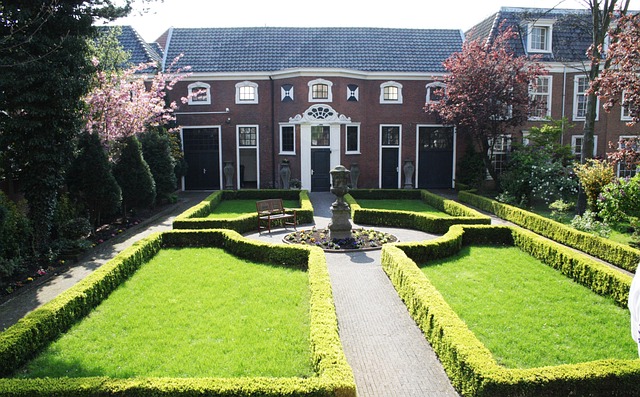
When planning an affordable yard design or landscape transformation, it’s crucial to balance functionality and aesthetics on a budget. Start by evaluating your space and identifying key areas that require attention—whether it’s creating a cozy seating area for relaxation, adding a practical garden bed for fresh produce, or enhancing outdoor lighting for evening ambiance. Prioritize these essential functionalities based on your lifestyle and needs.
Next, consider how you can incorporate cost-effective landscaping solutions without compromising visual appeal. Choose hardy, low-maintenance plants that thrive in your region’s climate to save on ongoing upkeep. Opt for economical garden designs that utilize multi-purpose features, like a raised bed serving both as a vegetable garden and an attractive focal point. Incorporate recycled materials or DIY elements for affordable yard design touches that add character and uniqueness without breaking the bank.
Cost-Effective Design Principles
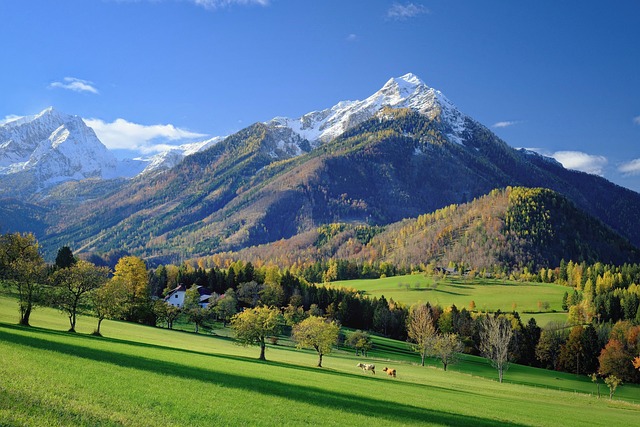
When planning an attractive yard solution within a budget, it’s essential to incorporate cost-effective design principles. One key aspect is prioritizing functionality over formality. Opting for multi-purpose spaces that double as play areas, seating zones, or even small vegetable gardens can maximize your investment. Incorporating native plants and seasonal flowers not only reduces maintenance costs but also supports local ecosystems. These choices blend aesthetics with frugality, allowing you to create a visually appealing yard without breaking the bank.
Additionally, focusing on DIY projects and utilizing second-hand materials can significantly lower landscaping expenses. Repurposing old furniture as outdoor seating or creating garden features from recycled items not only reduces costs but also adds a unique, personalized touch to your yard. Budget-conscious design doesn’t have to mean sacrificing beauty; it’s about creative problem-solving and smart choices that transform your outdoor space into a relaxing, vibrant sanctuary without compromising your financial goals.
– Selecting suitable plants: native species, low maintenance
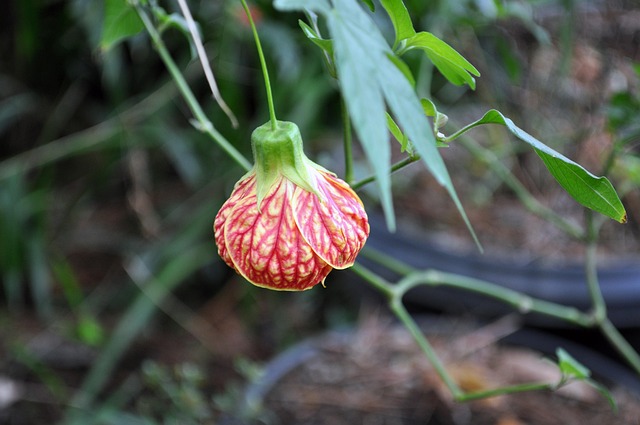
When designing an attractive yard on a budget, one of the best places to start is with native plant species. These plants are well-adapted to your local climate and soil conditions, making them low maintenance and cost-effective. By choosing native varieties, you not only save money on water and upkeep but also support local ecosystems and wildlife. Think about the overall look and feel you want to achieve—whether it’s a lush, colorful garden or a more rugged, natural landscape—and select plants that fit those criteria while staying within your budget.
In addition to native species, consider low-maintenance options for a truly budget-friendly yard transformation. Perennials, for instance, are generally less expensive than annuals and require less care over time. Succulents and cacti are also great choices, as they thrive with minimal watering and sunlight. By focusing on plants that are easy to maintain, you can spend more time enjoying your outdoor space rather than working in it, all while keeping costs down.
Transforming your yard into a stunning and functional space doesn’t have to break the bank. By understanding your yard’s unique characteristics and applying cost-effective design principles, you can achieve an attractive and economical garden that flourishes within any budget. Incorporating native plant species not only reduces maintenance costs but also supports local ecosystems. With these practical tips and strategies, embark on a journey to create a beautiful outdoor sanctuary without compromising your financial goals.
